FAQs
What is acupuncture?
Acupuncture is a key component of Traditional Asian Medicine that involves inserting very thin, sterile needles into specific points on the body to stimulate healing, balance internal systems, and relieve symptoms. It’s used for a wide range of conditions—from pain and stress to digestive, neurological, and reproductive health.
Does acupuncture hurt?
Pain perception during acupuncture varies by individual. People with lower pain tolerance—such as children or those with chronic pain—may feel brief discomfort, often described as a "good hurt," like deep pressure on a tight muscle. Some feel a dull ache or brief sting on insertion; others feel no pain at all.
If a person moves during treatment, discomfort may occur—this is why I provide a call button in case of cramping after I leave the room. Often, endorphins released during acupuncture reduce or eliminate discomfort.
When needles engage muscle tissue, a minor cramp or contraction may occur, triggering a beneficial response in the fascia and nervous system. These reactions are part of acupuncture’s therapeutic effect.
Similar sensations may occur with cupping. A small percentage of people may not respond well to acupuncture or cupping, which is why I offer other non-invasive methods—like laser therapy, moxibustion, bodywork, and tuning forks—that stimulate acupuncture pathways to support healing.
Is acupuncture safe?
Yes. When performed by a licensed and experienced practitioner, acupuncture is a safe, low-risk treatment. Only single-use, sterile needles are used, and treatments are adapted for each person’s health history and sensitivity.
How many treatments will I need?
This varies by condition and your body’s response. Acute issues may improve in just a few sessions; chronic or complex conditions often benefit from a series of treatments over time.
What can I expect after a treatment?
Most people feel deeply relaxed after acupuncture. Some feel an immediate improvement in symptoms, while others notice more gradual changes. Mild soreness or fatigue can occur briefly, but this typically resolves quickly.
Scientific Journals Supporting the Benefits of Acupuncture
-
This landmark meta-analysis combined data from nearly 18,000 patients across 29 RCTs covering chronic back/neck pain, osteoarthritis, migraines, and shoulder pain. It found acupuncture statistically superior to both sham acupuncture and no-treatment controls—with clinically meaningful benefits that remained over time…Read Full Journal
-
A systematic review and meta-analysis of 10 RCTs (852 participants) found acupuncture significantly reduced pain scores compared to controls—supporting its effectiveness in treating myofascial pain
-
This review of 11 RCTs (727 patients) demonstrated that combining acupuncture with core stabilization exercises significantly improved pain and function in chronic non‑specific low back pain patients, outperforming exercise alone
-
Provides experimental and clinical evidence that acupuncture modulates inflammatory cytokines, enhances regulatory T‑cell function, and reduces symptoms in rheumatoid arthritis, fibromyalgia, Crohn’s disease, multiple sclerosis, and Sjögren’s syndrome
-
Acupuncture increased live birth rates by 30% compared to no treatment, particularly when performed around embryo transfer. It was 42% more effective in women with previously failed cycles. No increase in miscarriage risk was observed. When compared to sham acupuncture, acupuncture showed a 28–32% increase in clinical pregnancy rates, but results were less consistent due to variability in control groups.
-
Acupuncture increased live birth rates by 33.8% (38.0% in the acupuncture group vs. 28.7% in the non-acupuncture group) and clinical pregnancy rates by 31% (43.6% vs. 33.2%) compared to no acupuncture. The analysis provided strong evidence for acupuncture’s efficacy in improving IVF success rates, particularly when performed around embryo transfer.

